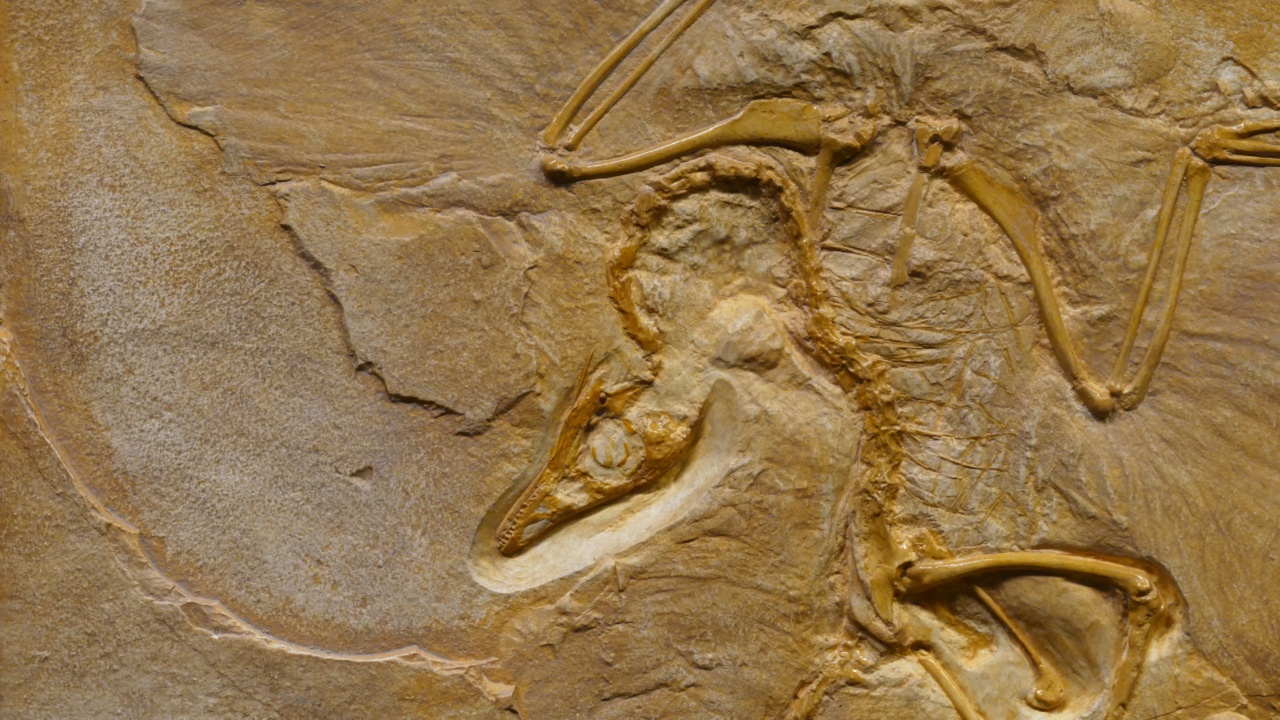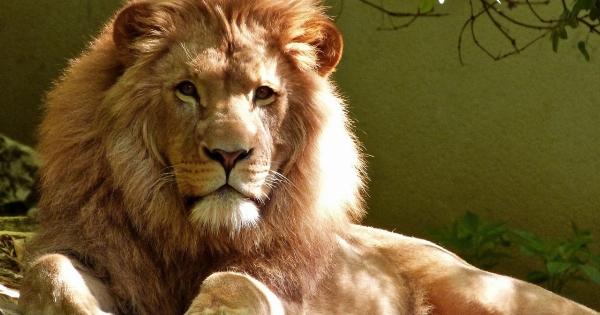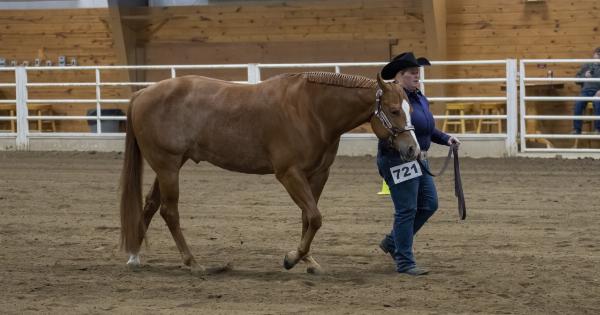The evolution of sexual predation is a fascinating topic that explores the various strategies employed by organisms to ensure their survival and reproductive success.
Throughout history, countless species have developed unique techniques and adaptations to secure mates, particularly in the animal kingdom. This article takes an in-depth look at some of the most intriguing survival strategies used by organisms engaging in sexual predation.
1. Courtship Displays
Courtship displays are commonly observed in many species. The male often performs intricate dances, showcases vibrant colors, or produces melodic sounds to attract potential mates.
This strategy serves as a means of advertisement, highlighting the male’s physical attributes or fitness to the female. Peacocks, with their magnificent tail feathers, exemplify the extravagant courtship displays seen in nature.
2. Exaggerated Morphological Traits
Several species have evolved exaggerated morphological traits to enhance their chances of securing a mate.
Male birds of paradise, for instance, possess vibrant feathers and elaborate plumage that are specifically designed to captivate and mesmerize females. These traits signal genetic superiority and reproductive fitness, making the male a desirable potential partner.
3. Sexual Dimorphism
Sexual dimorphism refers to the distinct differences between males and females of the same species. This divergence often arises from sexual selection, where certain traits become more pronounced in one sex due to their role in reproduction.
The peahen’s dull plumage, in contrast to the peacock’s vibrant colors, is an example of sexual dimorphism.
4. Sperm Competition
In species where females mate with multiple partners, sperm competition plays a crucial role in ensuring reproductive success. Male animals have evolved mechanisms to outcompete rival males’ sperm to increase the likelihood of fertilization.
These mechanisms can include increased sperm production, larger testes, or even the ability to remove the sperm of previous mates.
5. Sexual Cannibalism
While seemingly extreme, sexual cannibalism is observed in certain species. Females of some spider species, such as the black widow, occasionally consume their male partners after mating.
This behavior may provide various advantages, such as gaining additional nutrients, reducing the chance of competition from other males, or serving as a form of protection for the female and her offspring.
6. Alternative Reproductive Strategies
Some organisms adopt alternative reproductive strategies to maximize their chances of passing on their genes. Sneaker males in certain fish species, for example, disguise themselves as females to gain access to mating opportunities.
By avoiding direct competition with dominant males, these sneaker males manage to fertilize eggs and propagate their own genetic lineage.
7. mate Mimicry
Mate mimicry involves the development of traits or behaviors that mimic the appearance or actions of potential mates. This strategy deceives the targeted individual into accepting the imitator as a genuine mate.
For example, some insect species possess pheromones that closely resemble those produced by females to attract unsuspecting males, increasing their chances of reproduction.
8. Monogamy and Pair Bonding
While many species engage in promiscuous mating, there are instances of monogamy and pair bonding in the animal kingdom. These strategies often occur when it is advantageous for both partners to collaborate in rearing offspring.
Monogamous pairs can provide mutual support and increase the survival rate of their offspring, ensuring their genetic legacy.
9. Sexual Conflict
Sexual conflict arises when the reproductive interests of males and females diverge. This conflict often leads to the evolution of counter-strategies by both sexes to optimize their reproductive success.
For example, male damselflies have evolved claspers on their genitalia to remove sperm deposited by previous mates, increasing their chances of successful fertilization.
10. Selective Mate Choice
Mate choice, a form of sexual selection, is when individuals choose partners based on certain desirable traits. This strategy allows individuals to ensure that their offspring inherit advantageous genetic traits, increasing their fitness.
Peahens, for instance, select peacocks with the most extravagant plumage, indicating their preference for mates with superior genetic qualities.





























